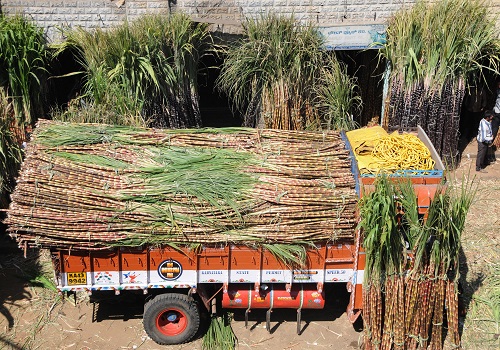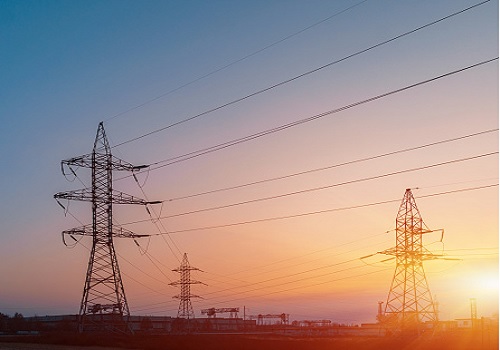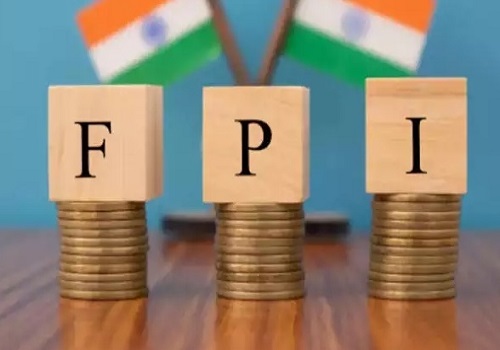Indian economy likely to grow by 7.1% in FY23: CareEdge

Follow us Now on Telegram ! Get daily 10 - 12 important updates on Business, Finance and Investment. Join our Telegram Channel
* Expect farm sector to grow at a steady pace of 3% in FY23
* Industrial sector GDP projected to grow by 5.4% in FY23
* Further deterioration of the global environment may impact domestic growth
* Government investments to stimulate India’s GDP growth
* Improvement in capacity utilization levels to help boost private investment cycle
Mumbai : CareEdge has released a report on the state of the Indian economy. The Indian economy likely to grow by 7.1% in FY23 on the back of steady performance by services, manufacturing and the farm sector. The government investment will play a crucial role in boosting the growth rate. The improving industrial capacity utilization levels will help boost private investment cycle.
FY23 started on a good note on account of improved levels of economic activity. Various highfrequency economic indicators such as GST collections, E-way bill registrations and credit growth have performed well during the first four months of FY23.
Performance of Select Economic Indicators During Past Seven Months (2022):


The all-time high budget allocation of Rs 7.5 lakh crore to capital expenditure is expected to drive economic revival by crowding-in private sector investments. The private investment cycle is likely to gain momentum with improvement in capacity utilization levels.
Some of the credit growth to industries could be because of the higher working capital requirement, but it is also a reflection of improved investment demand. In a positive development, the share of the private sector’s proposal for new investments jumped to nearly 91% in Q1 FY23, up from 78% during the previous quarter (CMIE data). Policy thrust from the government in the form of investmentoriented schemes (PLI, PM Gati Shakti, NIP etc.) will provide much-needed impetus to growth with a multiplier effect across the sectors. However, the current uncertain economic and financial environment could weigh on private investors’ sentiment.
Consumption demand, which has the largest share in GDP, has shown muted improvement. The output of consumer durables, as well as non-durable, continue to remain weak as inflationary pressures have dampened demand. However, all is not bad. Indicators such as vehicle registrations, reflective of discretionary consumption, for both passenger vehicles and two-wheelers, have witnessed a robust growth (more than 60%) in Q1 FY23 compared with the first quarter of last fiscal.
While urban demand has been recovering gradually on account of pent-up demand, rural demand is yet to pick up the pace. Although the rural wage growth has been steady in the past few months, CPIbased rural inflation is still high, resulting in an erosion of household purchasing power. Hopefully, robust Kharif output coupled with higher MSPs for Kharif crops will support the rural demand in the coming months. The recent easing of global commodity prices (including fuel and fertilizer) will also help lower input prices for the agriculture sector.
Fears of global growth slowdown could hamper India’s export outlook. Many international agencies have revised the global GDP growth for FY23 downwards amid aggressive monetary tightening by major central banks. Apart from Merchandise exports, services sector export, specifically IT services export, will also feel the pinch of slowing global growth.

Services Sector to Drive Growth
The agriculture sector is expected to exhibit steady growth in FY23 on the assumption of a normal monsoon. Rainfall has gathered pace in July supporting the sowing of crops like pulses, oilseeds and cotton. As of July 15, overall Kharif sowing is marginally higher (0.1%) compared with the previous year’s level and is expected to gain momentum in the coming weeks with the progress of the monsoon. However, the sowing of crops like rice and sugarcane is still lagging compared with last year’s level due to a shortfall of rains so far in major rice producing states.
Heatwaves-led disruptions have impacted crop harvest, especially of wheat, cotton and vegetables. Higher prices for farm products are expected to make up for the loss. We expect the Agriculture sector to grow at a steady pace of 3.0% in FY23.
India’s manufacturing sector has been reeling under pressure due to high input costs due to which the sector witnessed a contraction in Q4 FY22., The recent easing of metals and fuel prices if sustained along with improved economic activities could aid the sector’s growth in the coming months. However, the revival of consumption demand would remain a crucial factor. Expecting the momentum to continue, we project industrial sector GDP to grow at a pace of 5.4% in FY23.
With relaxation in restrictions, the services sector bounced back strongly. With improved mobility, passenger and freight traffic (both air and railways) have grown significantly. Foreign tourist arrivals have jumped more than 21 times in May 2022 YoY with receding fears of Covid-19. However, the slowdown in the US economy poses risk for India’s IT sector. Against this background, we expect the services sector to register a growth of 8.7% in FY23.

Based on the performance of these three sectors while accounting for the potential domestic and external headwinds, we expect the economy to grow at 7.1% in FY23. The main challenge to India’s GDP growth projection would be any further deterioration of the global environment, which will impact India through exports and investment routes.
To Read Complete Report & Disclaimer Click Here
Above views are of the author and not of the website kindly read disclaimer
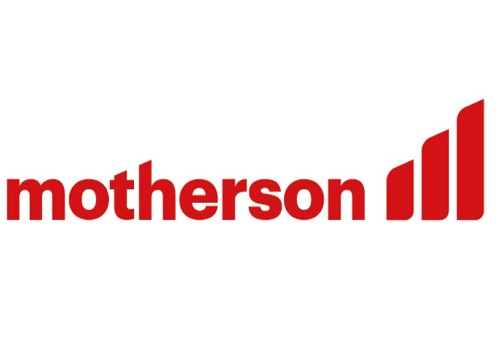

.jpg)
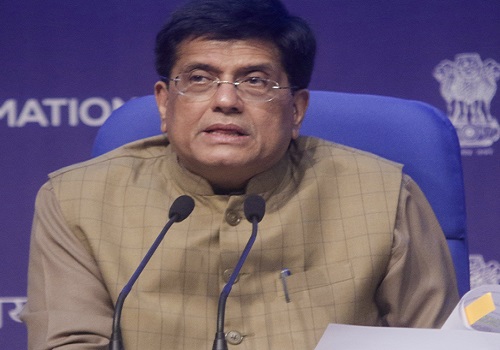
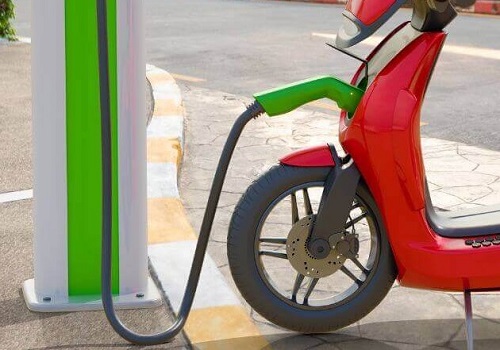

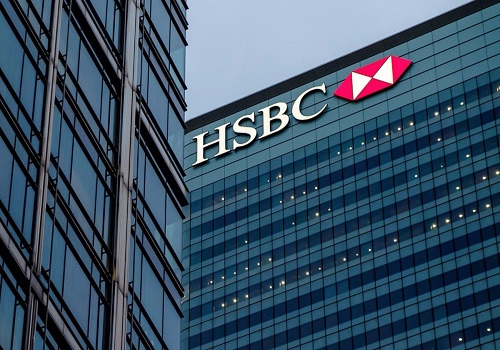
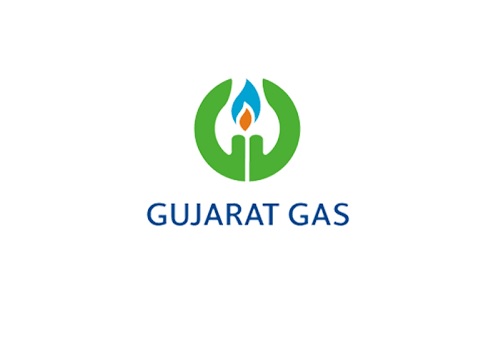


Tag News

Monthly Debt Market Update, September 2023: CareEdge Ratings








